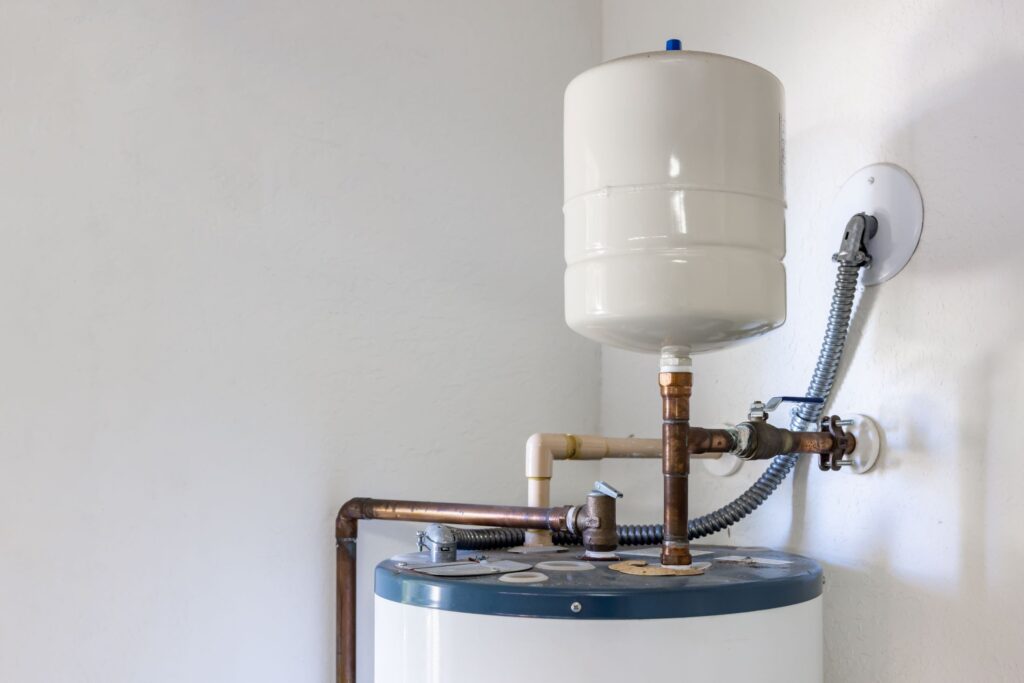Effective Techniques for Maintaining Your Home's Hot Water System
Effective Techniques for Maintaining Your Home's Hot Water System
Blog Article
The publisher is making a number of good points related to How to Maintain a Hot Water Heater in a Few Simple Steps in general in the article directly below.

Warm water is crucial for day-to-day convenience, whether it's for a revitalizing shower or cleaning dishes. To ensure your warm water system runs effectively and lasts longer, normal maintenance is key. This write-up gives functional suggestions and insights on just how to keep your home's hot water system to prevent disturbances and pricey fixings.
Intro
Keeping your home's warm water system may seem complicated, however with a couple of straightforward actions, you can guarantee it operates efficiently for many years to find. This guide covers everything from comprehending your warm water system to DIY maintenance ideas and understanding when to employ expert assistance.
Relevance of Preserving Your Warm Water System
Normal maintenance not just expands the lifespan of your warm water system however likewise guarantees it operates effectively. Disregarding upkeep can result in decreased performance, higher power expenses, and also premature failing of the system.
Indications Your Warm Water System Needs Upkeep
Knowing when your warm water system needs interest can protect against major concerns. Look out for indicators such as inconsistent water temperature, weird noises from the heating system, or rusty water.
Comprehending Your Warm Water System
Before diving right into maintenance tasks, it's practical to comprehend the fundamental components of your hot water system. Commonly, this includes the water heater itself, pipelines, anode rods, and temperature level controls.
Monthly Upkeep Tasks
Normal monthly checks can help capture small problems prior to they rise.
Purging the Hot Water Heater
Purging your water heater eliminates sediment buildup, boosting effectiveness and lengthening its life.
Monitoring and Replacing Anode Rods
Anode rods avoid deterioration inside the storage tank. Evaluating and changing them when broken is essential.
Evaluating and Adjusting Temperature Settings
Adjusting the temperature settings ensures optimal performance and security.
DIY Tips for Maintenance
You can perform several upkeep jobs yourself to keep your warm water system in leading problem.
Looking for Leakages
Regularly examine pipelines and links for leaks, as these can result in water damage and higher bills.
Evaluating Pressure Alleviation Valves
Examining the pressure safety valve guarantees it functions properly and stops too much pressure build-up.
Shielding Pipelines
Protecting warm water pipelines lowers warm loss and can conserve power.
When to Call a Professional
While DIY upkeep is advantageous, some problems require expert experience.
Complex Concerns Calling For Specialist Assistance
Examples include major leaks, electric problems, or if your hot water heater is consistently underperforming.
Routine Professional Maintenance Benefits
Expert upkeep can consist of detailed assessments, tune-ups, and guaranteeing compliance with safety criteria.
Final thought
Normal upkeep of your home's hot water system is crucial for performance, long life, and expense savings. By adhering to these ideas and understanding when to seek expert help, you can make certain a trustworthy supply of hot water without unforeseen interruptions.
How to Maintain an Instant Hot Water Heater
Before tinkering with your hot water heater, make sure that it’s not powered on. You also have to turn off the main circuit breaker and shut off the main gas line to prevent accidents. Also turn off the water valves connected to your unit to prevent water from flowing into and out of the appliance. 2. When you’re done, you have to detach the purge valves’ caps. These look like the letter “T†and are situated on either side of the water valves. Doing so will release any pressure that has accumulated inside the valves while at the same time avoid hot water from shooting out and burning your skin. 3. When the purge valves’ caps are removed, you have to connect your hosing lines to the valves. Your unit should have come with three hoses but if it didn’t, you can purchase these things from any hardware or home repair shops. You can also get them from retail stores that sell water heating systems. Read the user’s manual and follow it to complete this task properly. When the hosing lines are connected, open the purge port’s valves. 4. You should never use harsh chemical cleaners or solutions when cleaning your unit. Make use of white vinegar instead. It should be undiluted and you’ll probably use about 2 gallons. 5. Now flush your water heater. This task should probably take about 40 minutes. We can’t give you specific directions for this because the procedure is carried out depending on the type, model and brand of your heater. With that being said, refer to the user’s manual. 6. When you’re done draining the unit, you have to turn off the purge port valves again. Remove the hosing lines that you earlier installed on each of the water valves. Put the valve caps (purge port) back in their respective places and be very careful so as not to damage the rubber discs that are found inside these caps. 7. Now that everything’s back in place, check your user’s manual again to find out how to reactivate your water heating system. 8. Once it is working, turn one of your hot water faucets on just to let air pass through the heater’s water supply pipes. Leave the tap on until water flows smoothly out of it. https://www.orrplumbing.com/blog/2014/september/how-to-maintain-an-instant-hot-water-heater/

As a devoted reader about What Kind of Maintenance Do Water Heaters Need?, I was thinking sharing that piece of content was a smart idea. Do you know about another person who is excited by the topic? Why not share it. Thanks for your time invested reading it.
Call Today Report this page